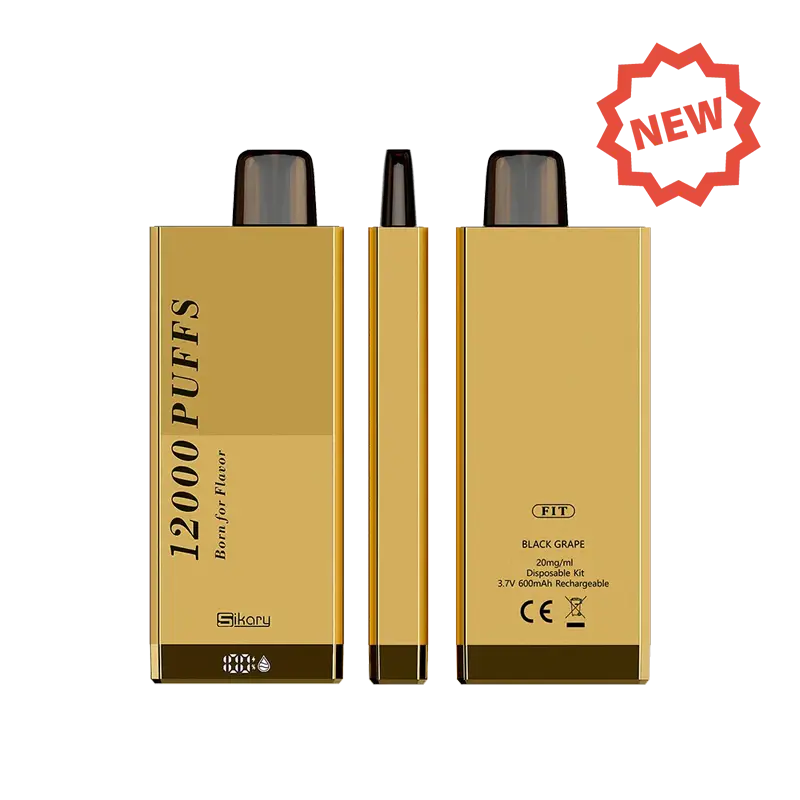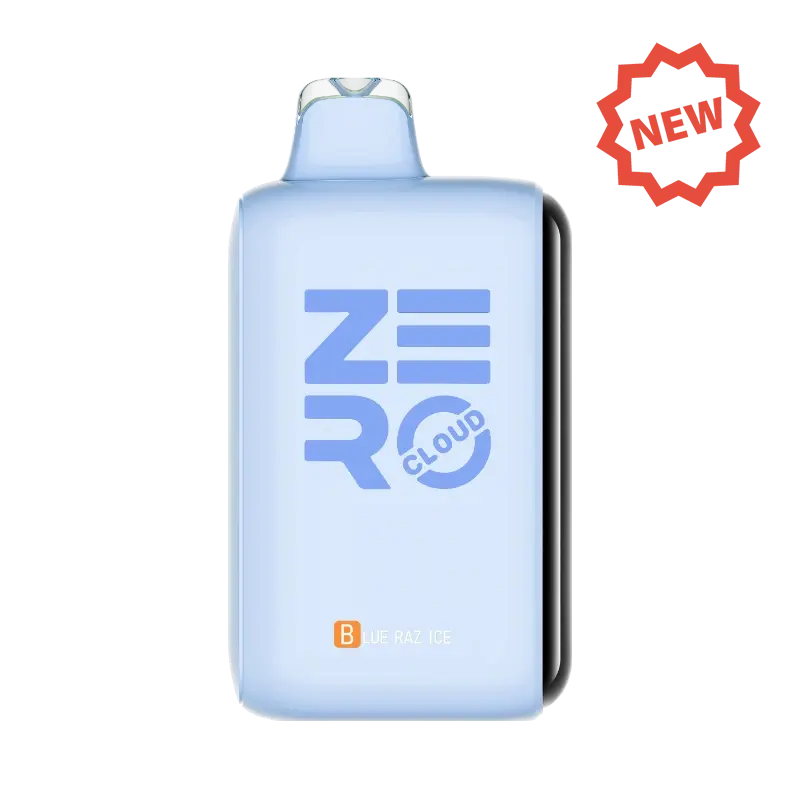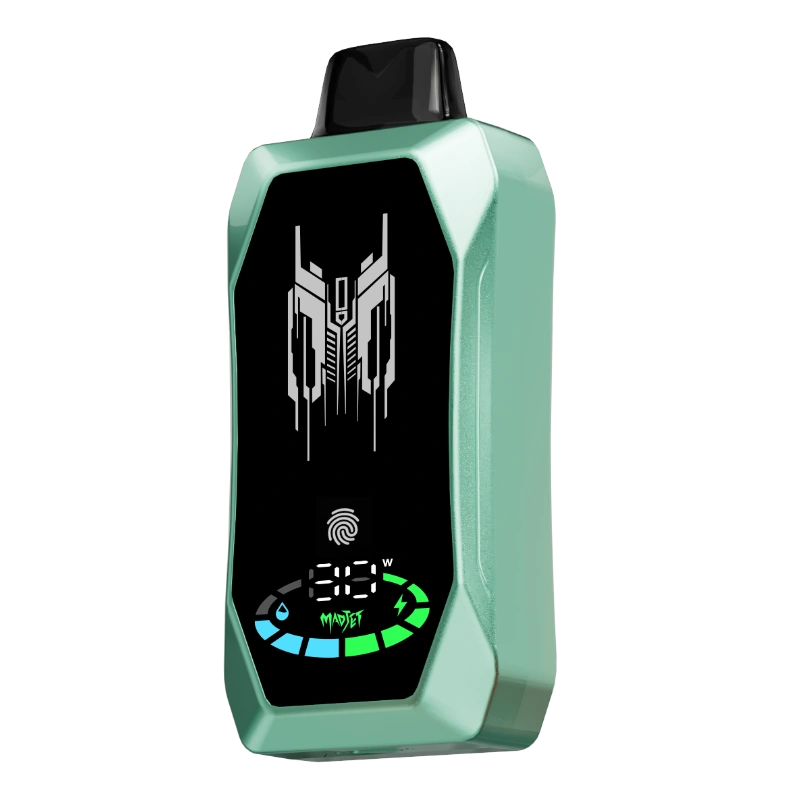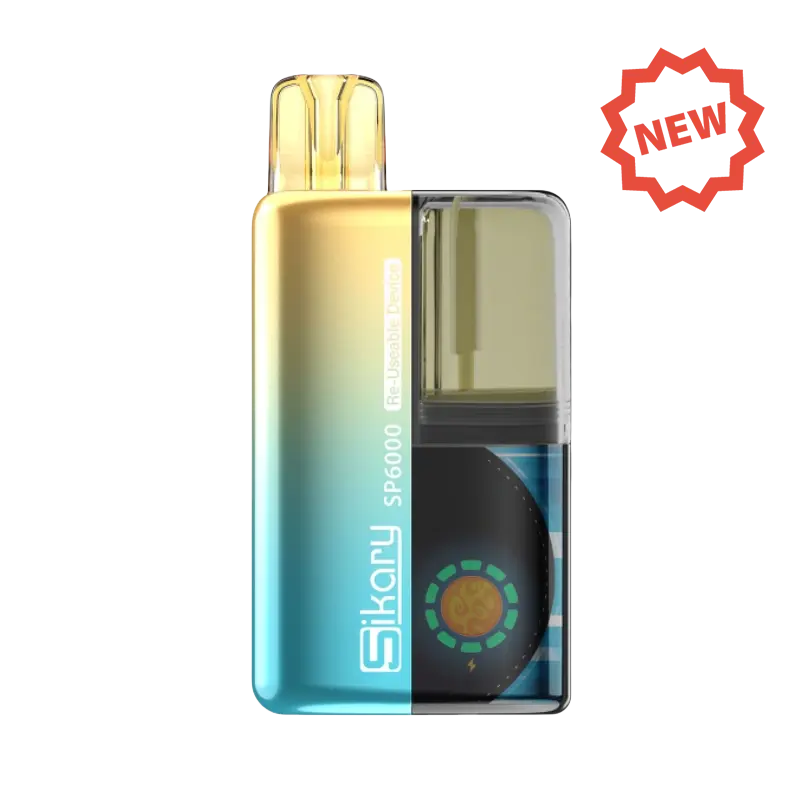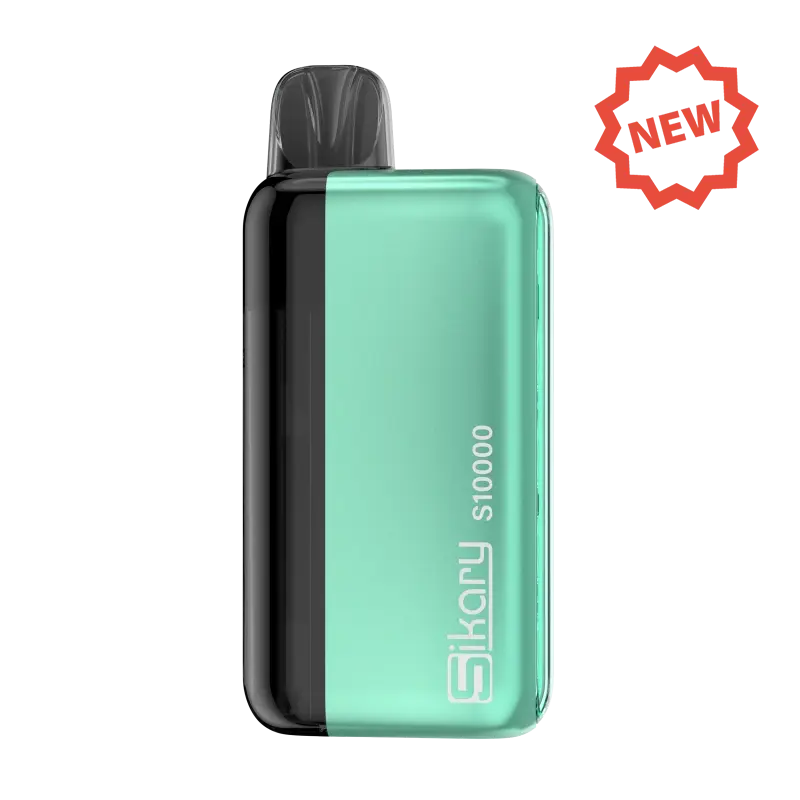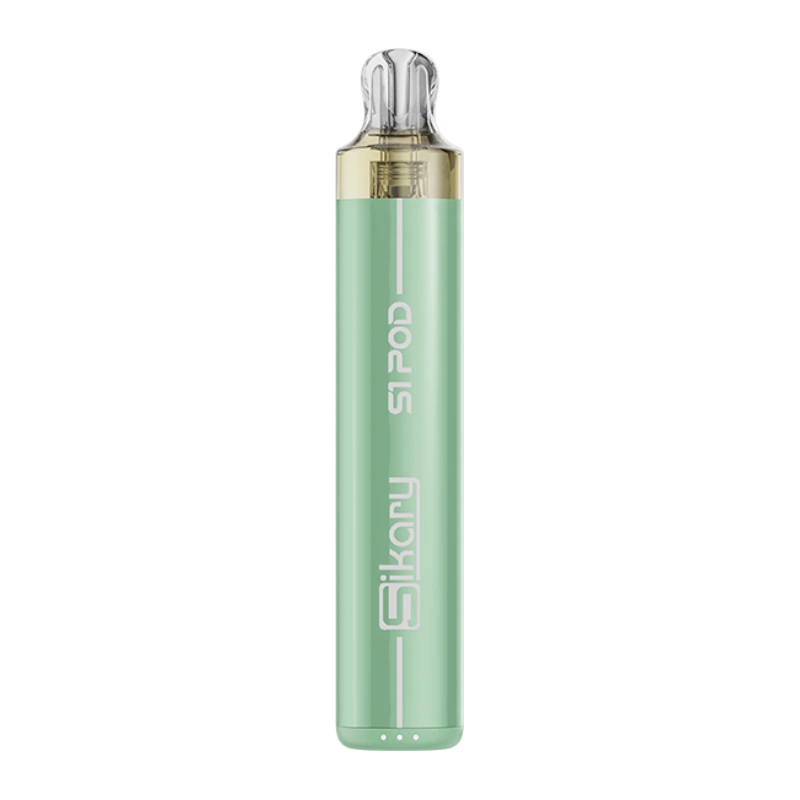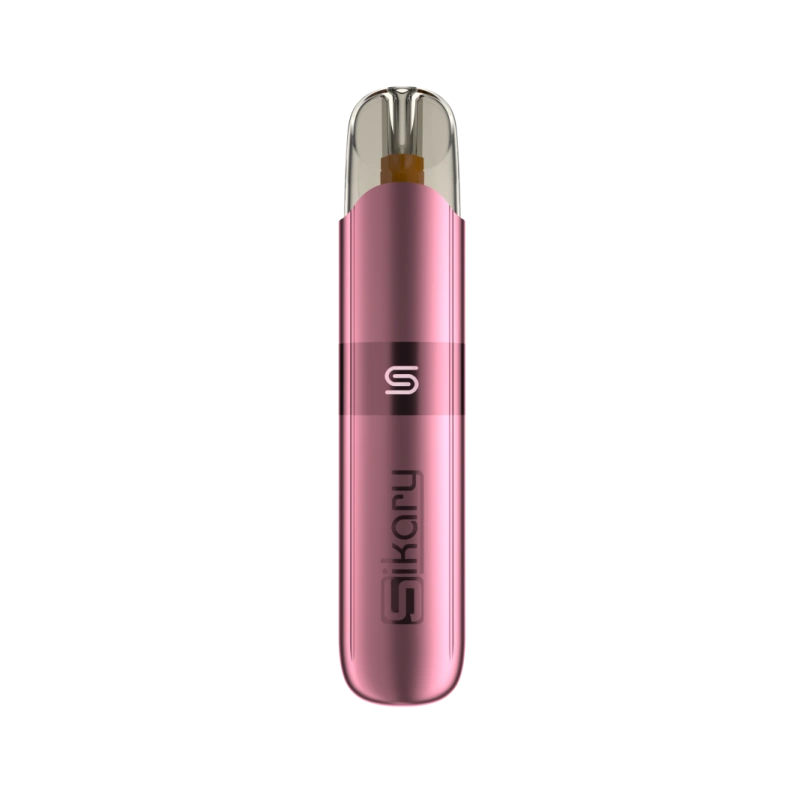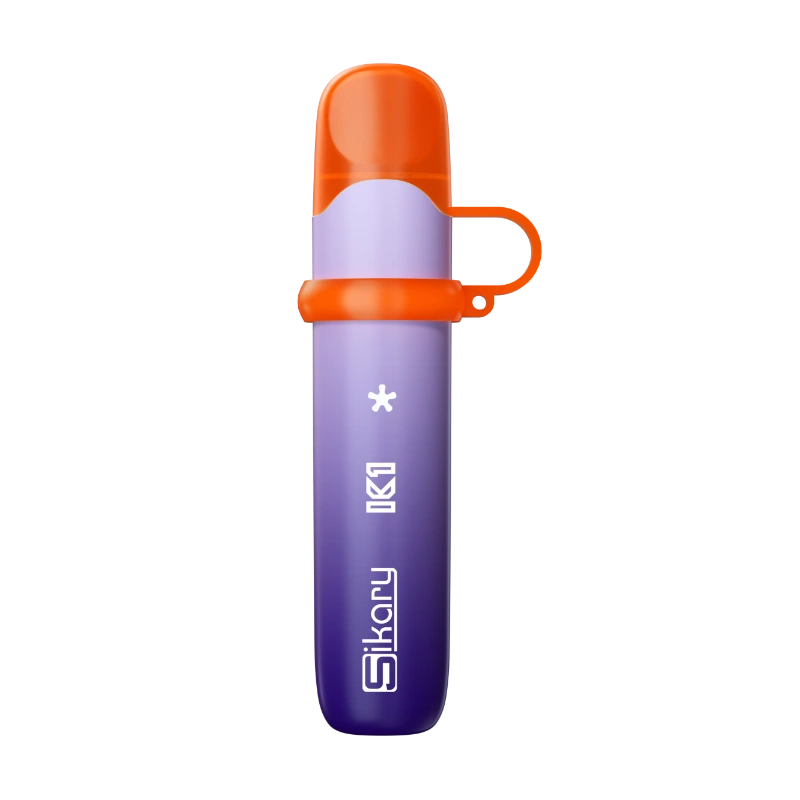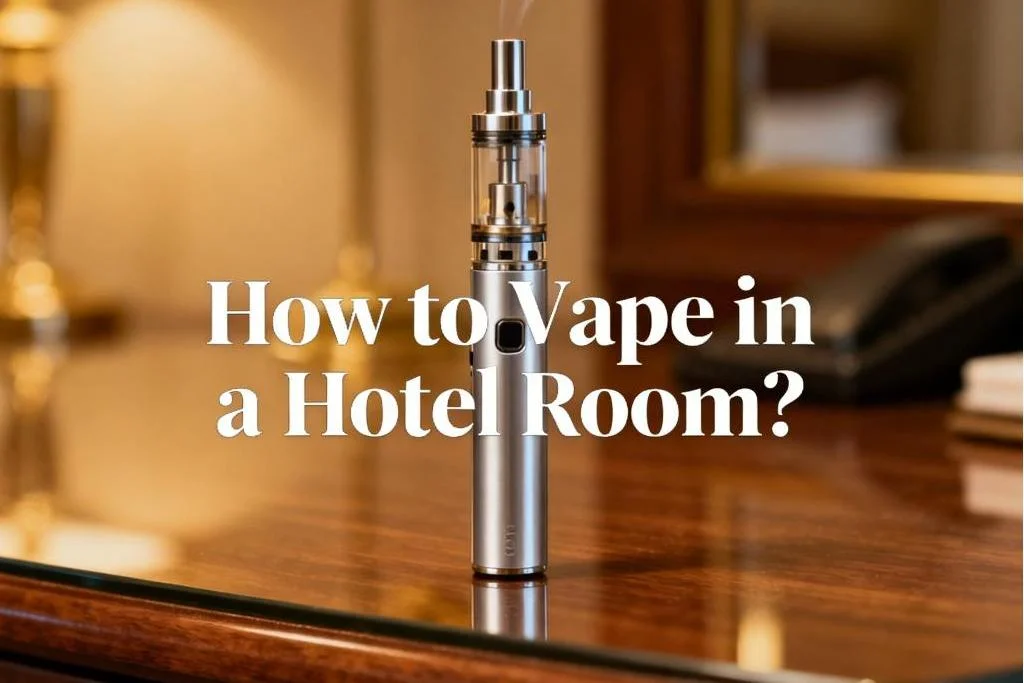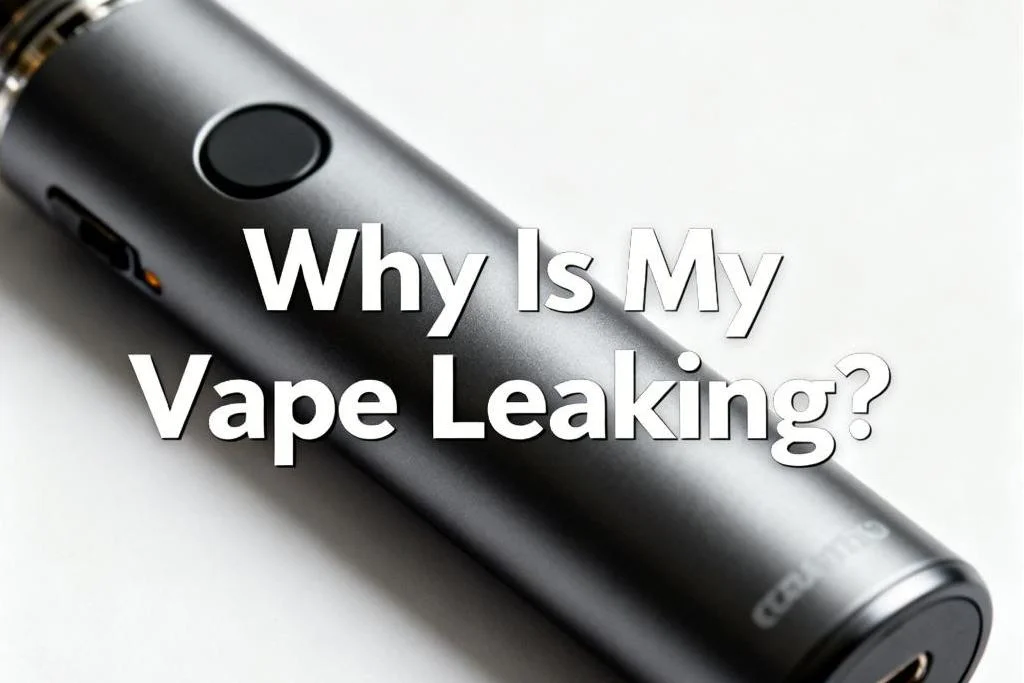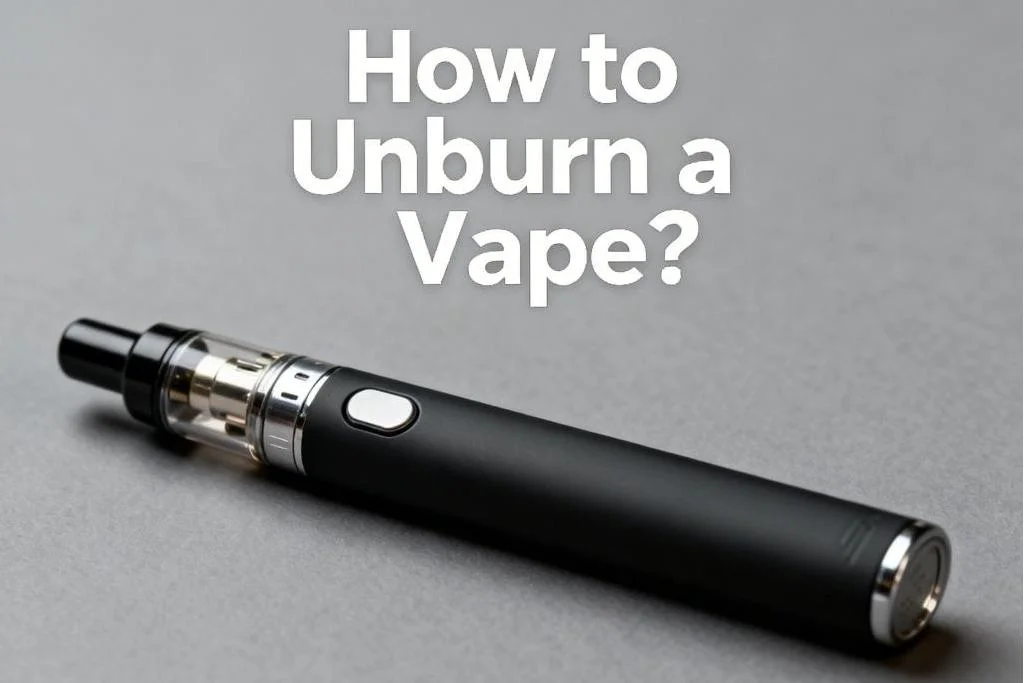Although researchers began studying and exploring the lithium battery as early as 1912, it only became commercially available in 1972. Further research and advancements led to the development of rechargeable lithium-ion batteries, which continued into the 1980s.

The dangers of lithium batteries
These early attempts used metallic lithium and provided extremely high energy density. Unfortunately, lithium metal is highly unstable when being charged, which creates a significant risk for manufacturers. As a result, research and development significantly slowed down during this period. The scientific explanation for this instability would require an entire research paper, but in short, lithium cells had the potential to experience a “thermal run-away.” This was caused when the temperature quickly rose to the melting point of the batteries, leading to a violent and sometimes explosive reaction. In 1991, a lot of rechargeable lithium-ion batteries were recalled because a man suffered from severe burns on his face due to a cell phone releasing hot gases when in use.

Due to its hazardous nature, manufacturers changed their attention from lithium metal to a non-metallic lithium-ion battery. Sony produced the first available lithium-ion battery. However, this option has a slightly lower energy density compared to lithium metal. However, the new lithium-ion battery is much more stable and safer than its predecessor. Lithium-ion batteries are widely used and successful in the market, with over two billion produced each year. However, they require certain safety measures to ensure their safety.
Aside from the fact that lithium-ion batteries with cobalt cathodes hold double the energy of nickel-based batteries and four times that of lead acid battery systems, there are other significant benefits to using them. Lithium-ion batteries require less maintenance than their counterparts. Plus, they have no memory and don’t need scheduled cycling for longevity. Furthermore, Lithium-Ion batteries don’t have the problem of “sulfation” that happens when lead acid batteries are stored without periodic charges to top off their power. Lithium-ion batteries are also more eco-friendly because they have low self-discharge.
Unfortunately, as with many technological advancements, the benefits of lithium-ion batteries do not come without a price. There have been several recalls in the past due to unsafe and potentially-hazardous batteries. The highest profile case came when Dell and Apple were forced to recall over 6 million lithium-ion battery packs that were being used in select laptops, and that were manufactured by Sony. According to Sony, on very rare occasions, foreign microscopic metal particles come into contact with other areas of the battery cell, which in turn, leads to a short circuit within the cell. Although battery manufacturers strive to minimize the presence of metallic particles, complex assembly techniques make the elimination of all metallic dust nearly impossible.
Two types of lithium batteries
On a broad level, there are two main types of lithium-ion batteries: Manganese (Spinel), identified by the product code IMR, and Cobalt, identified by the product code ICR. Because cobalt batteries have a longer lifespan, they are more commonly used in heavily utilized and energy-intensive products, like laptops and mobile phones. Manganese, which is a more recent technology, provides superior heat resistance and can withstand temperatures of up to 482°F (250°C) without affecting its stability. The problem with spinel/manganese is that it has a lower energy capacity, about half that of cobalt systems. Manufacturers usually mix the two systems to get the best of both while minimizing the drawbacks.
Some lithium-ion batteries are high-drain, which means that the cell can handle high output currents. Cobalt systems are generally limited to two times the charge capacity in output drain. As an example, a 750mAh 14500 cobalt lithium-ion battery cell would be limited to two times 750mA or 1.5A. It is specifically for this reason that cells of this sort must be internally protected. It has the lowest drain capability and the highest volatility or flammability in composition. Maganese or Spinel systems, on the other hand, generally have an 8C limit. That is, it is limited to eight times the charge capacity. For example, a manganese lithium-ion battery 600mAh 14500 can withstand 4.8A. Due to the fact that Spinel systems are much less volatile and maintain higher drain limits, they are typically not internally protected. External protection, however, for manganese lithium-ion batteries is recommended, as they too are susceptible to burning, albeit a much lesser chance.

In general, Spinel systems are used for devices with variable voltage and wattage. This is because such devices need boosters to quickly adjust voltage or wattage, causing them to switch from higher to lower currents and vice versa, which requires high drain. Lithium-ion batteries are usually safe with very few problems. Manufacturers of these batteries have safety procedures to decrease the likelihood of malfunctioning. Nonetheless, it’s vital to comprehend that the precautions solely help against external harm, such as a flawed charger. When the battery’s internal components become damaged, such as from foreign microscopic metal particles, its safety attributes become useless.
More security with branded battery
Defective chargers and static electricity are safety concerns. They can damage the battery’s protection circuit and cause the solid-state switch to fuse in the “on” position unnoticed by the user. Using off-brand batteries as replacements can also create a potential hazard. Non-brand batteries claim to be equivalent to brand-name batteries but cost less. However, most of these batteries are not as safe as their brand-name counterparts. It is highly suggested to replace batteries with the same brand as the device. If not, only buy reputable and known brands. Additionally, remember to use the proper charger for the battery you are charging. Using the incorrect charger can be very risky. As long as you take the necessary steps, lithium-ion batteries are completely safe to operate.

